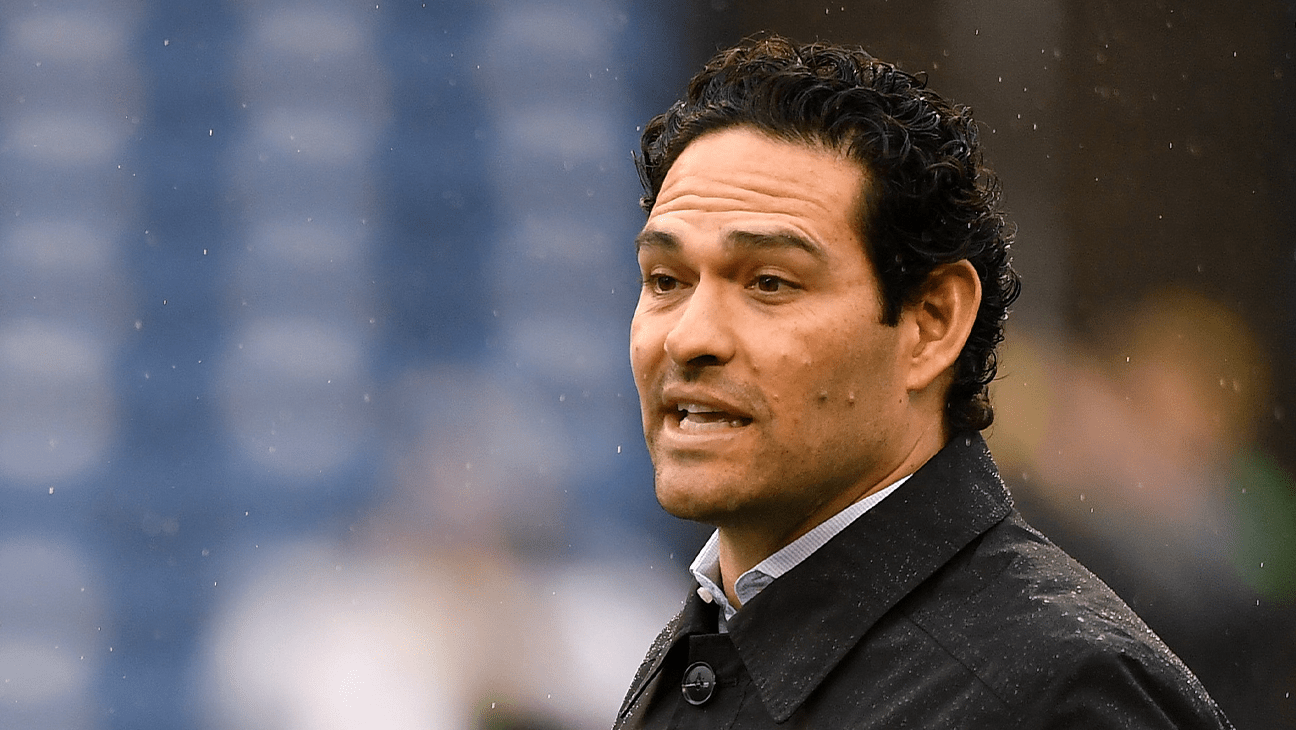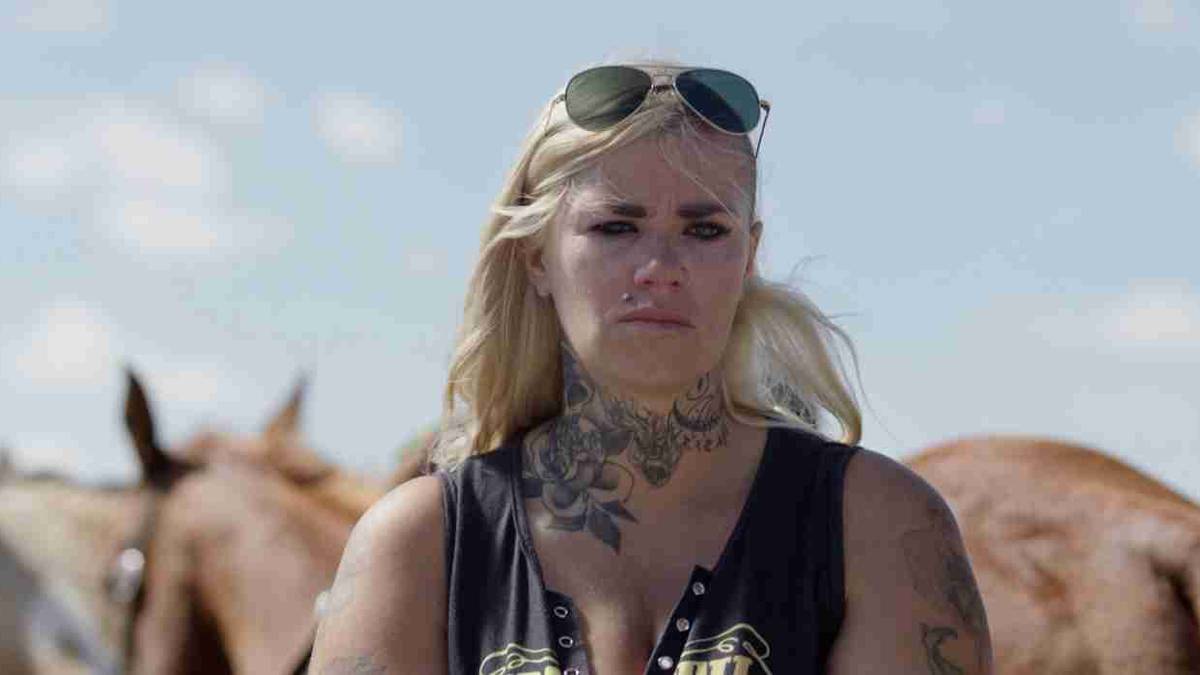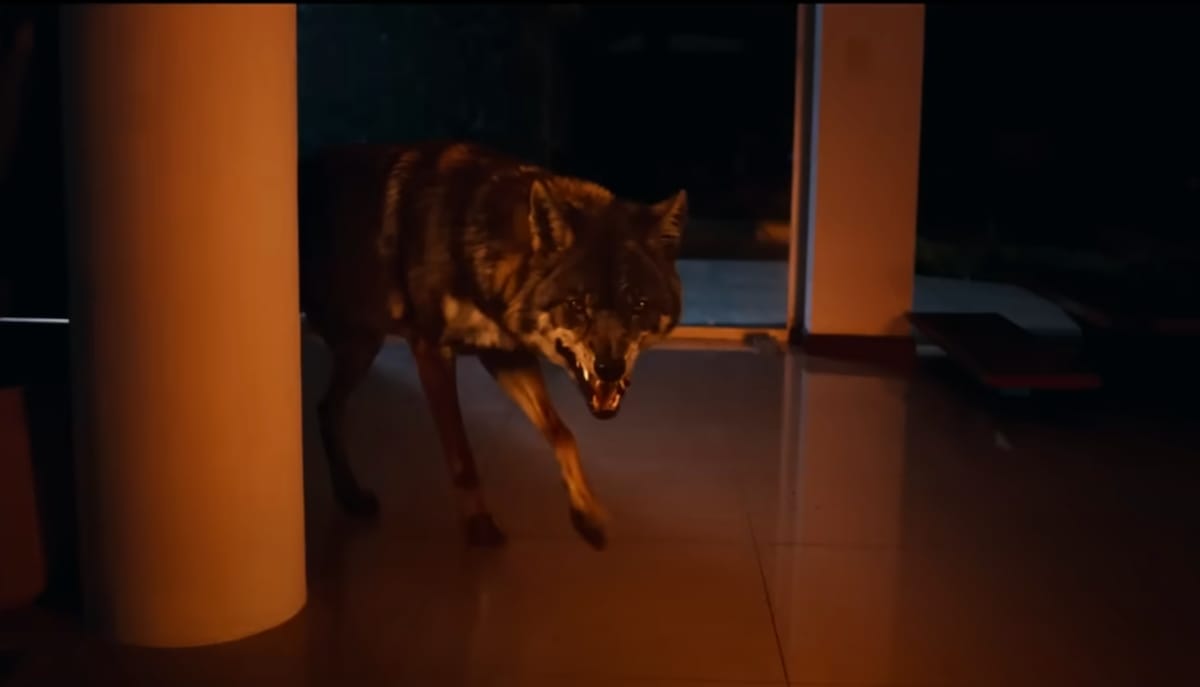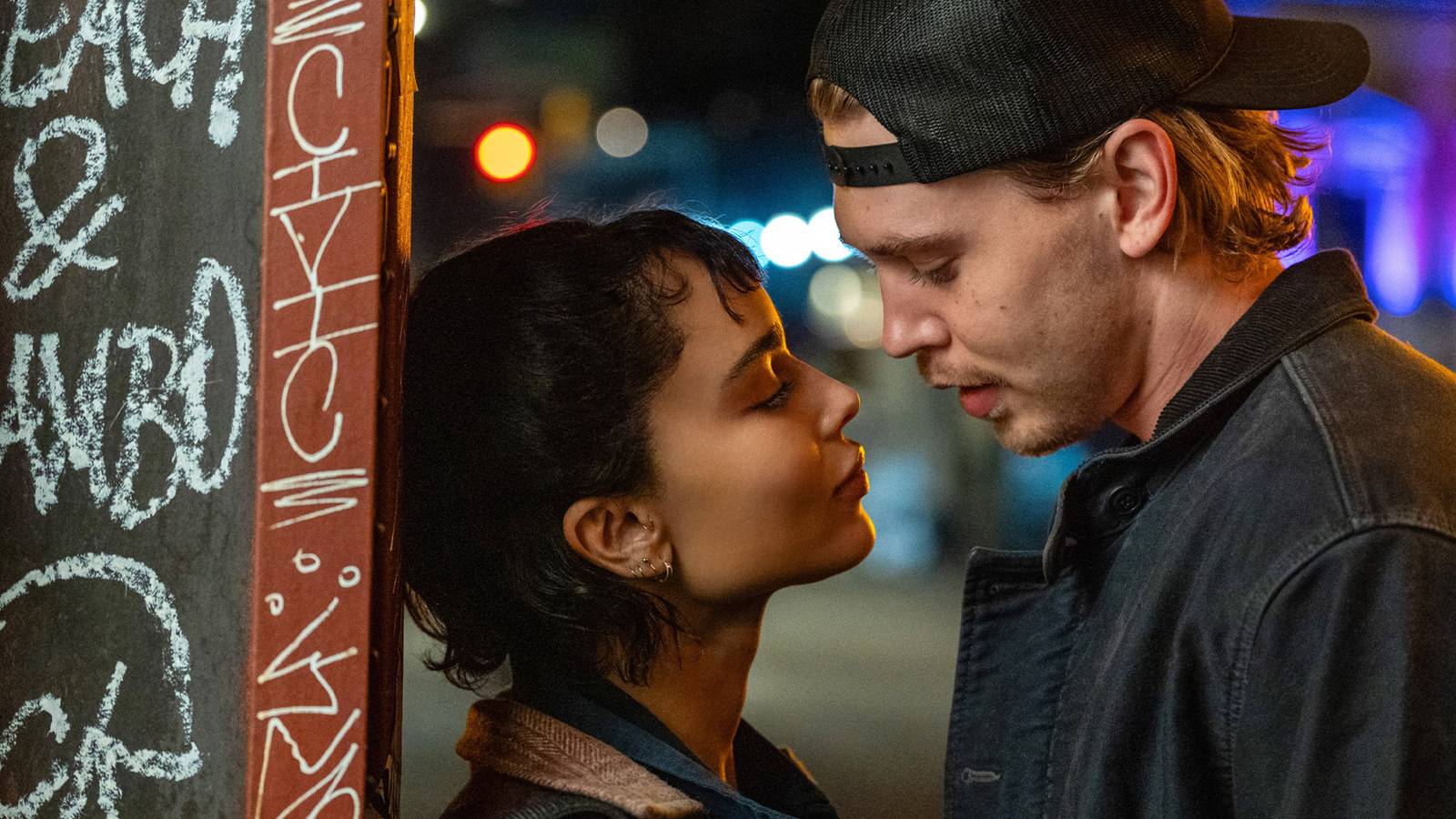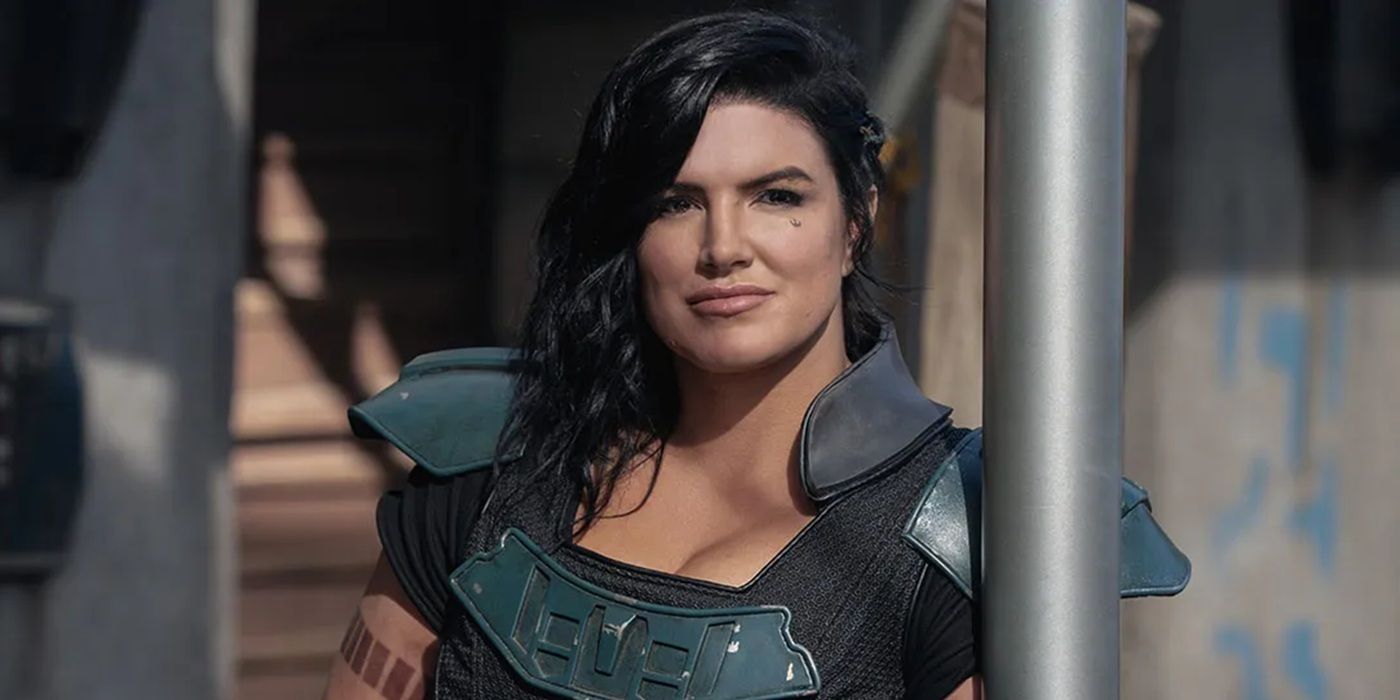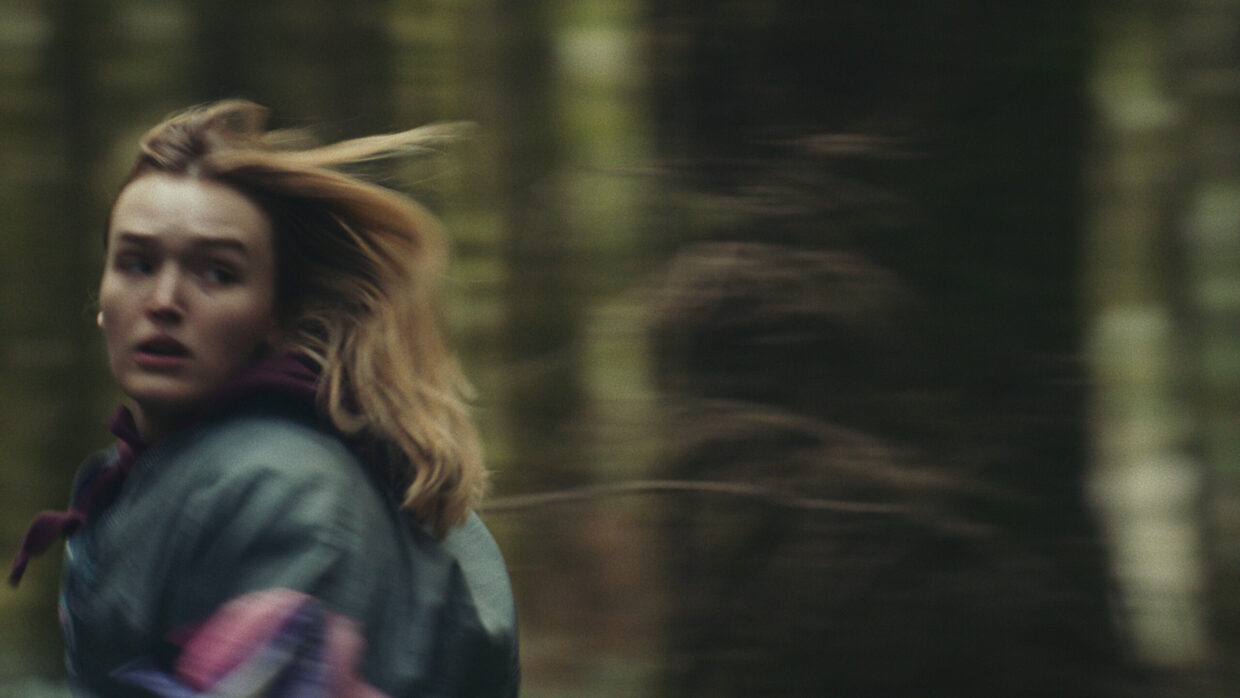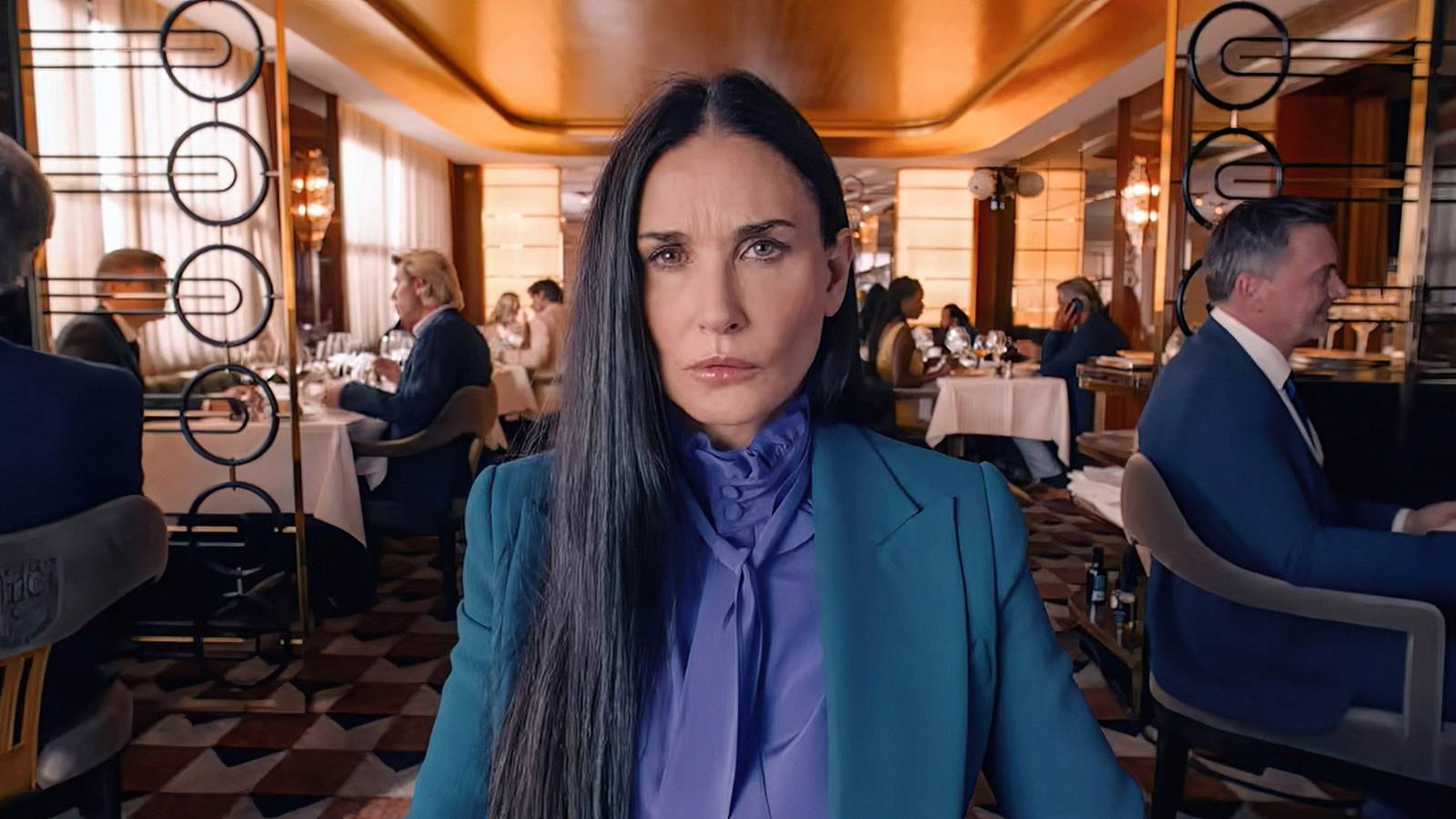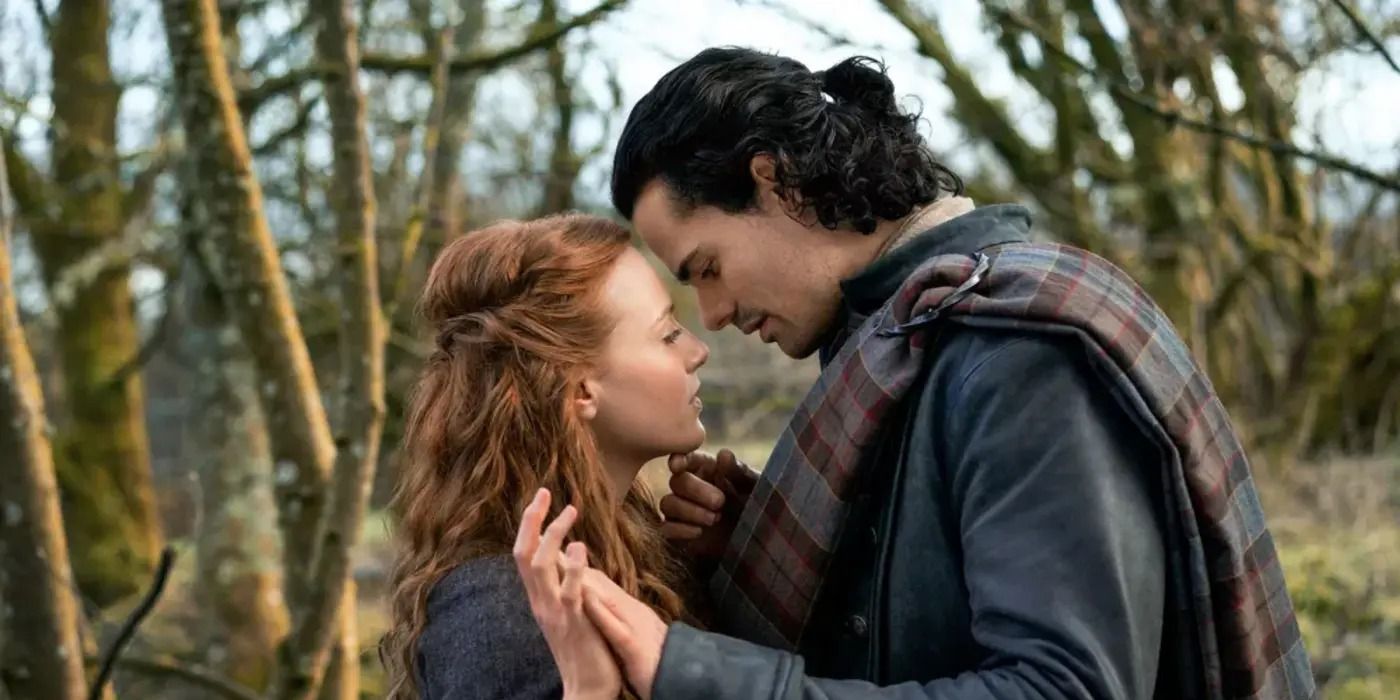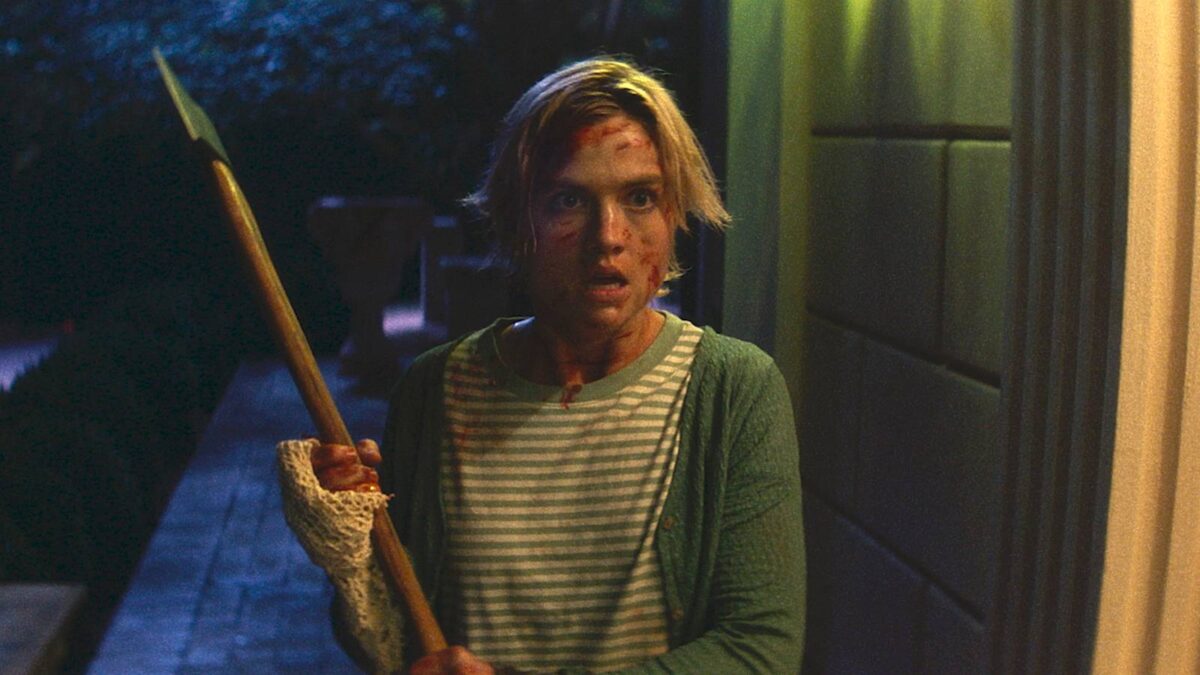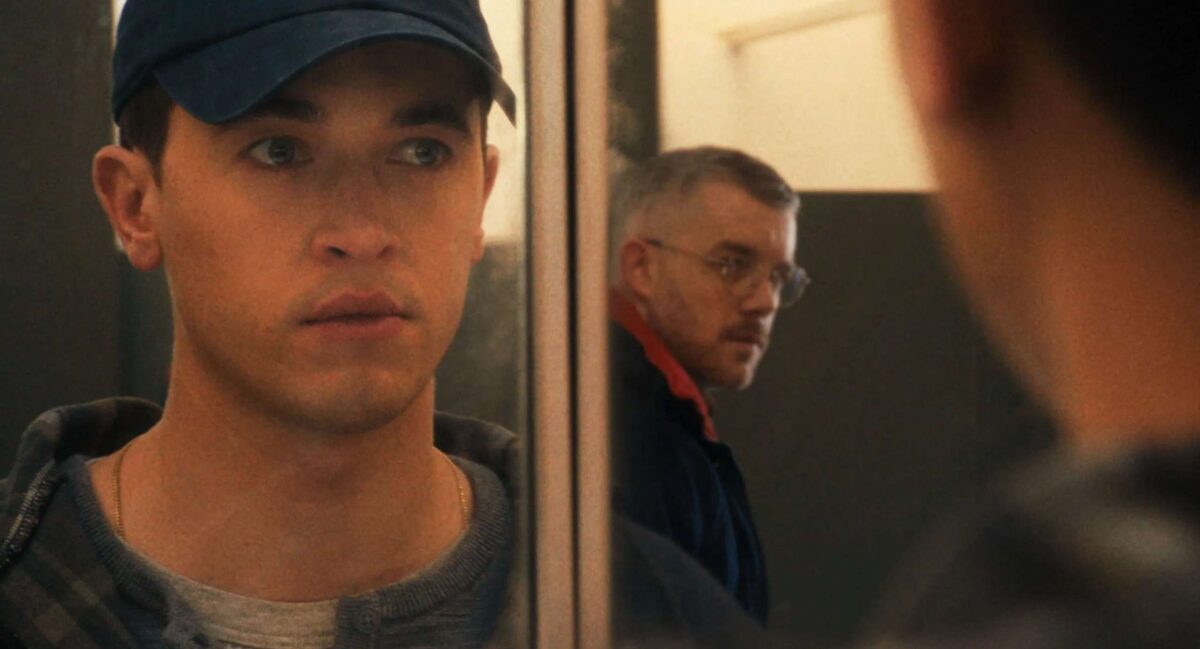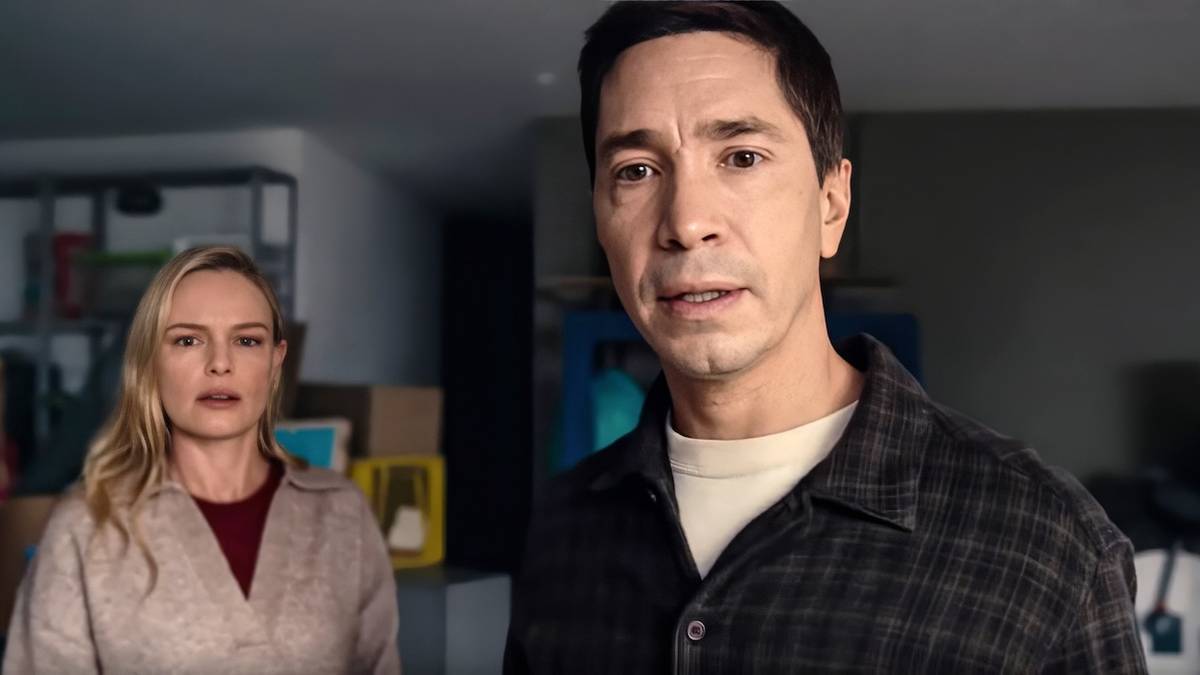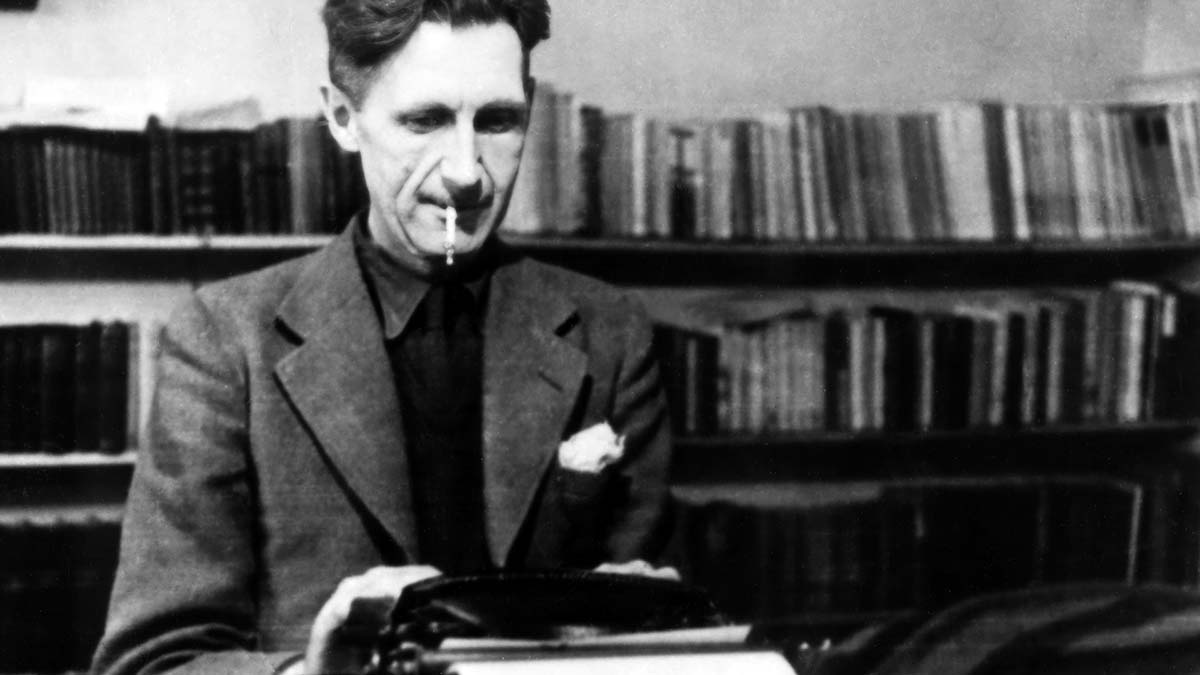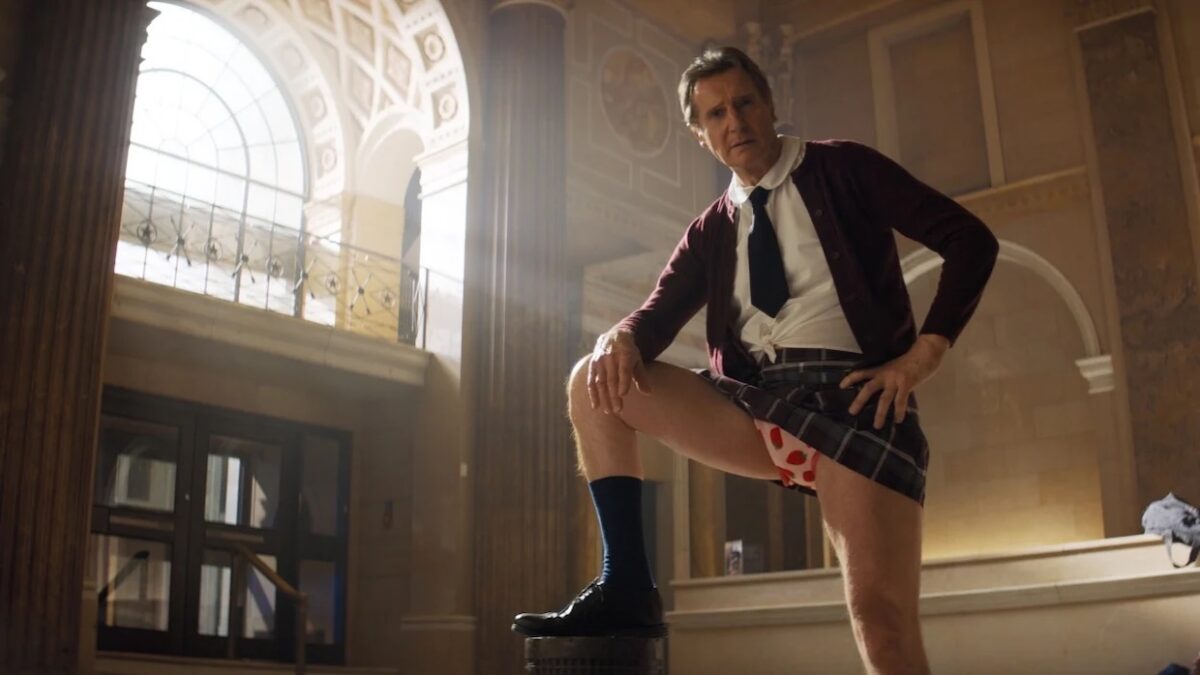
“The Whole Movie is Doing an Impression of the Genre”: Akiva Schaffer on The Naked Gun
Aug 2, 2025
Liam Neeson in The Naked Gun
In the early 1980s, Jim Abrahams and brothers David and Jerry Zucker pioneered a niche of slapstick- and wordplay-heavy spoof-comedies with films like Airplane! and Top Secret!, which displayed straight-faced silliness as a creative modus operandi. Zucker, Abrahams and Zucker (or ZAZ) also produced the short-lived ABC TV series Police Squad!, which parodied police procedurals and starred Leslie Nielsen as the inept, overconfident Detective Frank Drebin. After Police Squad!’s cancellation, ZAZ took Nielsen’s Drebin character and molded him for the big screen with The Naked Gun film franchise, where the trio’s patented mile-a-minute visual gags could flourish on a wider canvas.
Thirty years after the last Naked Gun film, a legacy sequel hits theaters directed by a member of another comedy trio, Akiva Schaffer of the Lonely Island. The Naked Gun features Liam Neeson as Lieutenant Frank Drebin Jr., who investigates tech mogul Richard Crane (Danny Huston), who’s bent on corrupting people’s minds, with the aid of Beth Davenport (Pamela Anderson), the sister of one of Crane’s victims. Naturally, the plot is merely a scaffold for Neeson’s deadpan performance and the non-stop gags, which embrace the Zuckers’ comedic style while imbuing it with the Lonely Island’s sensibility. While The Naked Gun: From the Files of Police Squad! parodied ’40s noir and ’70s crime films like Dirty Harry and Telefon, The Naked Gun takes visual cues from the last forty years of crime films as a foundation for its omnibus-style approach to goofy comedy.
I spoke to Schaffer about achieving the right look for The Naked Gun as well as shooting a crucial proof-of-concept scene, focus-testing studios comedies and learning from modern stunt coordinators.
Filmmaker: I wanted to ask up top about visual palette of the film. You’ve previously mentioned Tony Scott’s films as a reference as well as Liam Neeson’s own action work. I was wondering how you practically accomplished the look during production or in post.
Akiva Schaffer: I wish we had [cinematographer Brandon Trost] on here. I’m trying to find in my notes right now if I ever wrote down the actual lenses, because for film dorks like us, they’re very cool ones. Trost just tells me, like, “Dude, Panavison is giving us blank, blank and blank,” and I go, “Oh, that’s cool!” But that was in May of last year.
We have this PDF that has the Tony Scott [images] of that era—True Romance, Beverly Hills Cop II, Top Gun. It also has some James Bond that I’ve talked about, like Tomorrow Never Dies, which I really thought split the difference between modern and nostalgia. There’s Casino Royale, and Mission: Impossible – Fallout. Then a bunch of other just random images; there’s one frame from Boogie Nights. Brandon Trost, who already did MacGruber and Popstar[: Never Stop Never Stopping] for us, we have a shared love of that genre.
We knew we weren’t gonna be allowed to shoot on film. I asked. So, then it’s, what kind of Alexa has given people the closest to that filmic look? We ended up with the LF, the large-format Alexa, but we almost went with the newer one. I’m forgetting what it’s called, then I was like, “Let’s just go with that LF,” because he had shot one of Marielle Heller’s movies, Can You Ever Forgive Me?, that I thought looked really excellent, on that camera. I believe Dune had shot on that camera. No one would accuse Dune of not looking cinematic. Then we got Panavision lenses that are either from the ’90s or identical to the ones from the ’90s, the ones that I believe they shot Beverly Hills Cop II on.
We had photos of every police station ever to be like, “How do we get the police station to look and feel like you’re in the one that would have been in that Tony Scott movie, or in Se7en, or the newspaper room from All the President’s Men?” Even though it’s only in the movie twice, it still has a vibe. The windows have those cement blocks that have the crosses on them that light can shine through. We found a building that had some of those on the outside. The whole movie is doing an impression of the genre, so it goes through every department. The suit [Liam Neeson is] wearing looks good on him, but I was also looking at NYPD Blue suits and being like, “What is the classic detective suit? What is Michael Douglas wearing in Basic Instinct?” You just want it to evoke every memory you’ve ever had of every cop thing you’ve ever seen.
Filmmaker: My colleague spoke to Greg Mottola around the time of Confess, Fletch and he said that a note he’s received from studios when looking through dailies is that “dark is not funny.” You mentioned on the Lonely Island podcast about trying to find the right balance between light and dark in color correction. Could you talk a little more about that process?
Schaffer: First off, I disagree with that studio note, and thankfully I never got it on this at all. I love how 35mm film looks, and I haven’t been able to shoot anything on it since Hot Rod, and I lament that. But I’m also aware that with comedies, we want to do tons of alts and tons of things, and we would go through a lot of film. I still hold out hope that I am permitted to on one of these. In the absence of that, I’m chasing that look. In modern films that look amazing and were shot on film like Casino Royale or Mission: Impossible – Fallout, the two I mentioned, they really found whatever that balance is of using computer color correction to get it just right. It looks slick, but also epic and beautiful and still rich, and has that old film feel that just makes it feel like movie magic when you’re watching it. When you just go a little bit further back before they could do color correction in computers, there’s a little bit of a lifted feeling to them slightly. They’re still gorgeous, but it’s really comforting when you watch it and. If we could have made it look like Casino Royale or Mission: Impossible – Fallout, maybe I would have. Those are also very expensive, big movies. We did not have a fourth of their budget.
When you watch this, [I] want it to remind you, somewhere deep in your subconscious, of movies from the older era, while also being totally 2025. To me, that’s the sweet spot aesthetically for every movie. When you turn on a really old movie, sometimes they look “plain” by today’s standards, especially comedies that were very lit. There’s this sweet spot somewhere in the late ’90s when movies became what we consider “modern” movies but still had an analog texture. That’s where Tomorrow Never Dies came into it. In watching [all the Bond films in order during the pandemic], that was the one where I went, “Oh, I think we could almost achieve that.”
The darkness thing… I agree, there’s a certain level. If you shot it like The Batman or John Wick, which are both gorgeous movies in my opinion, that would be too dark. That’s also what’s so good about a Bond movie like Tomorrow Never Dies: you could see everything all the time, but no one would accuse it of looking like an over-lit comedy. That’s why it was the sweet spot.
Filmmaker: How long was the shoot?
Schaffer: 40 days. Our first shoot, the Atlanta one, was almost all interiors, except for a few things we hope we get away with, because it’s an L.A. movie but we had to go there for money reasons. Then I edited for a while, and months later, we shot again in L.A. for four days.
Filmmaker: Comedies are notoriously dependent on blocking actors and timing dialogue. Did you have a sufficient production schedule to achieve what you wanted comedically? Did you have rehearsal time?
Schaffer: First off, we didn’t do one rehearsal. For stunt scenes, we had stunt rehearsal with the stunt team. But there was never a moment where I had Liam and Pam in a room and was like, “Okay, let’s try this scene.”
In December of 2023, the studio liked the script. They wanted to make it but hadn’t agreed to make it. They got the budget where they wanted it, and then it’s time for them to take it to the green light committee, which is this big room that none of us will ever be in, where it goes all the way up to the heads of production and marketing and everybody who needs to vote to decide, “This is the next thing we’re going to make.” The executive who’s been championing and developing it goes in and puts binders in front of everybody. Everybody’s read the script, but the binders also have lookbooks and every tool I can give them to sell the movie to their co-workers and bosses.
I was a huge fan [of Liam Neeson] and immediately thought he’s gonna be great, but I also had seen the Life’s Too Short episode where he essentially is doing a version of his public persona that is not Liam Neeson in real life at all, that is like an amalgamation of every action movie he ever did, but he was playing it so serious and stupid. I also remembered his little cameo in Ted 2 where he’s doing a similar thing. That was enough for us to go write that entire script where we were like, “We’re writing towards that guy.” It was not quite enough for the studio for whatever reason, and they asked us to do a proof of concept. So, they gave me a little budget. You know the DP Chung Chung-hoon? He was nice enough to come goof off with us for the day. We were in a warehouse on the Paramount lot where they keep all the gaffer equipment. It’s an old warehouse. Shining big lights through the windows with tons of atmosphere, all of a sudden you’re in Beverly Hills Cop II. We used various scenes from the movie to create a new interrogation scene. We’re not worried about spoilers?
Filmmaker: Not at all.
Schaffer: We took the bulk of the hospital scene where he’s interrogating Kevin Durand and then some of the jokes from the interrogation with Busta Rhymes and created this new mini five-minute scene. We got some day-player actors from L.A. to come be in it for the day. At the end of it, after Liam gets the criminal to break, he’s looking at the criminal—“Don’t mess with me”—then turns to the camera. There’s that noir lighting on his face, and he says, “That goes for you, too. Yes, you, the Paramount greenlight committee. I see you there. What the fuck are you waiting for? Why don’t you get your pencil pushers to sign the line? I’ll tell you what. Make sure they have a line item for adult diapers and cocaine in case one of you ever wants to visit set” or something like that. He basically talks shit to them and leaves. And it worked!
That’s the long-winded way of saying: that was our rehearsal. It was actually fantastic. We had a day where he gets to see how I direct. I get to see how he acts. I get to see how he can talk and work out doing alternate versions. We did tons of alts of the jokes and work out that process. Then I got to edit for a week, seeing how it cuts together, seeing what I liked what Liam was doing, seeing when I was like, “Oh, that was too silly.” It was like being able to shoot a pilot before you shoot a series. It got rid of the first-day jitters, so when we were in Atlanta shooting the movie, we had already done a thing. We shot this movie last summer.
Filmmaker: You were involved in the script from the early stages. Were you writing for the camera or was it more dialogue-based?
Schaffer: If it was a visual joke, it would be in there. For example, when [a gigantic claw picks up the car], we’d describe it like “In a giant wide shot, you see a crane that is a claw.” I wanted the reader to know that we were in a bank robbery straight out of Point Break, Dark Knight, what have you, that it was not a hokey little one. I actually even added something at the top that we didn’t shoot, that was the camera being up in the sky and then nose diving, like it would in Michael Bay’s Ambulance. “We go through through the AC vent, weaving through a bunch of things till we start to hear the echoes of gunfire, until we spill out into a bank heist in full progress. Camera swirls up…” I wanted to be very visual with it, to evoke the feeling of like, “We’re in 2025, this is an action movie and now the joke is happening.”
Filmmaker: Did you go through a focus testing process?
Schaffer: Yeah, of course.
Filmmaker: I’m curious how that works. What’s the process like and how do you feel about it as a director?
Schaffer: I mean, for a comedy movie, hearing where an audience laughs is needed, so it’s a really important tool that I like to use. That being said, the internal politics—and this is not about Paramount but any studio—the moment you have a cut together, they’re like, “Let’s test it!” and I’m always like, “Dude, this is my first cut. This thing sucks.” I don’t need to turn this in and get graded. The fact that you get graded on it by the audience—you know, you’ve heard about the top two boxes and all that shit—that can be…extremely not useful for me until I’m ready. Then at a certain point I go, “Alright, let them test it.” But there’s always a moment that I’ve had on every movie that I’ve done for a studio where they make me do it way before I’m ready, and we get a score that is, depending on the movie, either very concerning or semi-concerning.
[The Naked Gun] went up 20 points between the first screening and the last, and a lot of that was just me having the time to edit it. I brought the score up 10 points at one point, and nothing had been re-shot or additional photography or anything. I just had the time to work on it. The danger is a studio can lose faith [when] they see a low score. Our score was never very concerning, just lightly concerning. Luckily, they trusted me when I was like, “No, I know that’s what it’s going to be. Don’t worry about it. Let me just go back to work.”
Paramount put their full back [into this one] as you can tell by the billboards all over town. Once again, I just wanna be super clear: I’m not talking about this movie in that regard. But in the past, I felt the wind go out of the sails a little bit [during the process]. By the time Popstar tested good—it never tested excellent, but by the time it tested good, it felt like too little too late. We didn’t really find Popstar, the real edit of it, till the last minute, because it was so much footage and so much stuff. By the time it got good reviews, Paramount was like, “Oh! It’s good!”
Filmmaker: How many versions did you go through for the testing process?
Schaffer: Well, the tests are expensive, so we only actually tested it three times. But what I did do tons of—100, 150 people at Paramount, where I just go to everyone in editorial and producers and executives and say, “Invite anyone. I just need to fill this place up and hear where they laugh.” Then sometimes I’d get up at the end and, if I had a specific thing where I was wondering if it was confusing, I would go, “Show of hands, who was confused by this?” We did that I have no clue how many times. It could have been ten. When the movie’s really starting to click and come together, and I’m changing things every week trying to figure it out, I sometimes would want one every Friday if I could have it, because you’re making tons of choices, and I want to be like, “Alright, those ten worked, those five didn’t.”
I know the Buffy joke is going to be polarizing. Not polarizing like people will hate it, but a certain amount of people would be like, “Whoa, not for me,” then there’s other people I know for a fact, having done all these screenings, will be like, “That’s the best joke in the whole movie.” Personally, it’s the only joke that still makes me laugh in the movie. There’s the ones where I’m like, “Hey, that joke’s in there because I think it’s funny and it’s to make the audience laugh,” and when the audience doesn’t laugh, you’re like, “Oof, cut it immediately.” There’s ones like Buffy where it’s for specific audience members. You make your choices.
Filmmaker: Was there a day on set that proved particularly challenging?
Schaffer: I feel like I’ve seen good quotes from Guillermo del Toro about it [where] the whole point is to be so overly prepared that you’re ready to pivot and throw everything away. You know the goal of what you’re trying to get so [well] that, by the time you’re on set, if everything goes to shit, you can pivot to something else, because in your mind, you know what’s actually important from the scene. I don’t think it’s that different for almost any movie. There’s definitely a lot of days where car chargers are going to rip out of the floor, and pyrotechnics are going to go off, then a wall is going to rip out, then a bunch of stuntmen are going to rip out.You’re like, “If we don’t get this on this take, we don’t have it,” or “We’re going to do it one more time tomorrow,” because the reset is six hours. So, you shoot everything but that, then do it last and hope for the best.
There’s definitely stuff in the movie that, if I could snap my fingers and have it be different, it would be. It’s like anything. The movie came out very close to what I wanted. But there’s always things where the line doesn’t sound right coming out of an actor’s mouth, and you’re just like, “Oh, that was always my favorite joke in the script, and it just doesn’t work,” or a shot I always thought was gonna be cool because of the location or time of day or where the sun was, and it just looks shitty. You end up being like, “Wow, we spent two hours on this shot, and I’m not putting it in the movie.” But you also have other places where magic happens, where a shot you never thought was anything is the coolest shot in the whole movie.
Filmmaker: Something you’ve talked about is how much you’ve learned about the details of directing and producing from working on SNL Digital Shorts and Hot Rod. Is there something you learned while making this film as a director that you didn’t already have in your toolkit or didn’t already know ahead of time? A shot that you did that you hadn’t done before?
Schaffer: I got a lot of experience on Chip ‘n Dale: Rescue Rangers of working in pre-viz and post-viz and storyboarding. On Hot Rod, I probably storyboarded two shots. It’s just not that kind of movie. On Popstar, I remember personally drawing the scene where me and Andy [Samberg] are in the limo and the dick goes on the window. Because I needed to choreograph how the nudity would work, and I needed everybody to understand it before we shot so that they wouldn’t be like, “Oh, I can’t light that direction,” and when they sourced the limo that it was wide enough. On Rescue Rangers, I made an animatic of that movie with the editors and artists, where you could watch the whole movie from start to finish before we shot a frame. It really taught me a ton [about] how modern movies are made in terms of Marvel. Spider-Man flying and doing little flips through a scene, or He-Man being at Comic-Con, it’s the same process. You prep it ahead of time, you previz, then you go shoot the plates or the live-action stuff with the real people, then you have like the tennis ball on a stick or whatever it is to mark the heights and eye lines, and then you go into post, you edit, you put post-viz in, then it goes to animation, they do layout. So, applying all that, but then getting to go like, “What if we surprised the audience by going to this gear they didn’t think the movie had?” where all of a sudden there’s a stunt scene where it feels like Deadpool.
You know the sequence where [Liam is] kicking the gun clips? I definitely never tried to shoot in that style before, closer to those Marvel films. [Second unit director and stunt coordinator] Mark Vanselow did the whole movie, but then he was like, “Okay, you need an expert in that.” That was Wayne [Dalglish], who was number one on Superman, [supervising] stunt [coordinator], the main guy. He’s a young guy, younger than me. He got recommended to me by Mark. I have never met James Gunn, and James Gunn got on the phone with me for 20 minutes to sing this guy’s praises, to tell me that Wayne’s the guy. Sure enough, I came to Wayne with the idea kicking and catching [the gun clips] and then hitting people in the nuts, and it feeling Busby Berkeley-ish. He came back with stunt-viz that was so dope. I was like, “Oh, this is my dream!” I’m so used to micromanaging everything There’s a reason they put him in charge of all of the Superman stunts.
Publisher: Source link
Erotic Horror Is Long On Innuendo, Short On Climax As It Fails To Deliver On A Promising Premise
Picture this: you splurge on a stunning estate on AirBnB for a romantic weekend with your long-time partner, only for another couple to show up having done the same, on a different app. With the hosts not responding to messages…
Oct 8, 2025
Desire, Duty, and Deception Collide
Carmen Emmi’s Plainclothes is an evocative, bruising romantic thriller that takes place in the shadowy underbelly of 1990s New York, where personal identity collides with institutional control. More than just a story about police work, the film is a taut…
Oct 8, 2025
Real-Life Couple Justin Long and Kate Bosworth Have Tons of Fun in a Creature Feature That Plays It Too Safe
In 2022, Justin Long and Kate Bosworth teamed up for the horror comedy House of Darkness. A year later, the actors got married and are now parents, so it's fun to see them working together again for another outing in…
Oct 6, 2025
Raoul Peck’s Everything Bagel Documentary Puts Too Much In the Author’s Mouth [TIFF]
Everyone has their own George Orwell and tends to think everyone else gets him wrong. As such, making a sprawling quasi-biographical documentary like “Orwell: 2+2=5” is a brave effort bound to exasperate people across the political spectrum. Even so, Raoul…
Oct 6, 2025
